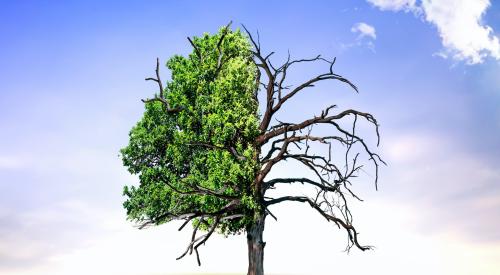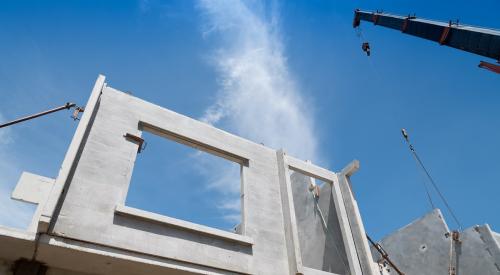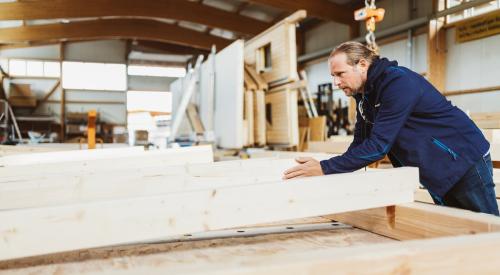Climate disasters are dangerous and expensive, and current U.S. homes may not be ready, according to Nicholas Rajkovich. Rajkovich, an Assistant Professor of Architecture at University at Buffalo, leads a lab that studies climate change and buildings. His research says that home builders can help mitigate the effects of climate change by building homes to be more efficient and resilient. But to achieve this goal, Rajkovich says it will take a fundamental shift in how professional architecture and engineering organizations approach building standards in the face of a changing climate.
Rajkovich writes:
As Earth’s climate changes, the frequency, intensity and duration of these extreme weather events is expected to increase. At the University at Buffalo, I lead a laboratory that studies climate change and buildings. Our research shows that the U.S. building stock may not be prepared for future climate-related storms and flooding.
Another challenge is that buildings consume a lot of energy, which accelerates climate change. Organizations like Architecture 2030, a professional alliance that promotes sustainable design, point out that buildings contribute nearly 40% of global greenhouse gas emissions, and are an important target for carbon reduction programs.
To this end, our lab focuses on the intersection of energy efficiency, renewable energy and adaptation to climate change. We recently completed a multi-year study outlining how climate change is affecting New York State’s building sector and potential strategies to adapt buildings to a changing climate. Encouragingly, we found that Americans can protect themselves from extreme weather and reduce buildings’ contribution to climate change at the same time.













